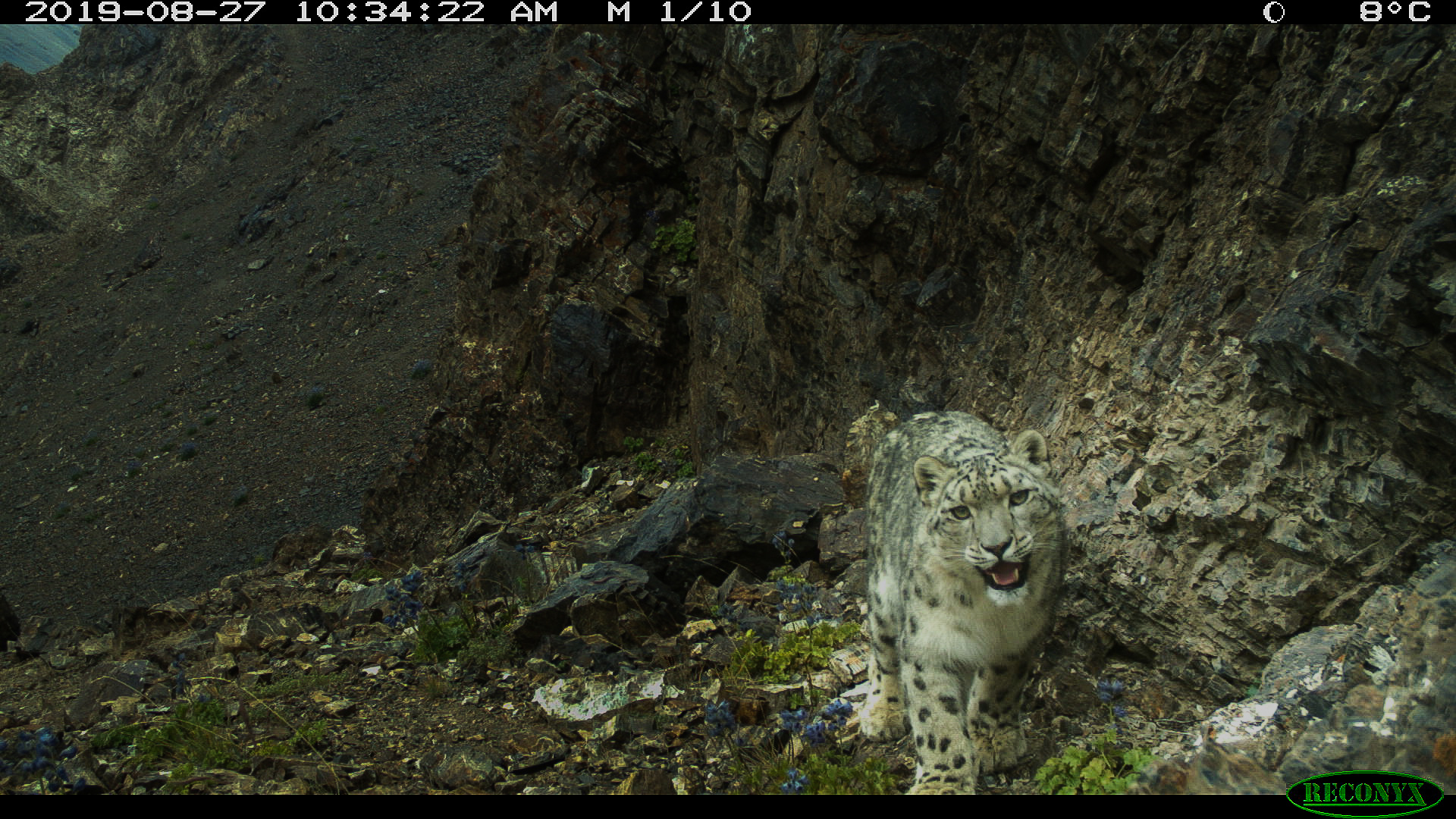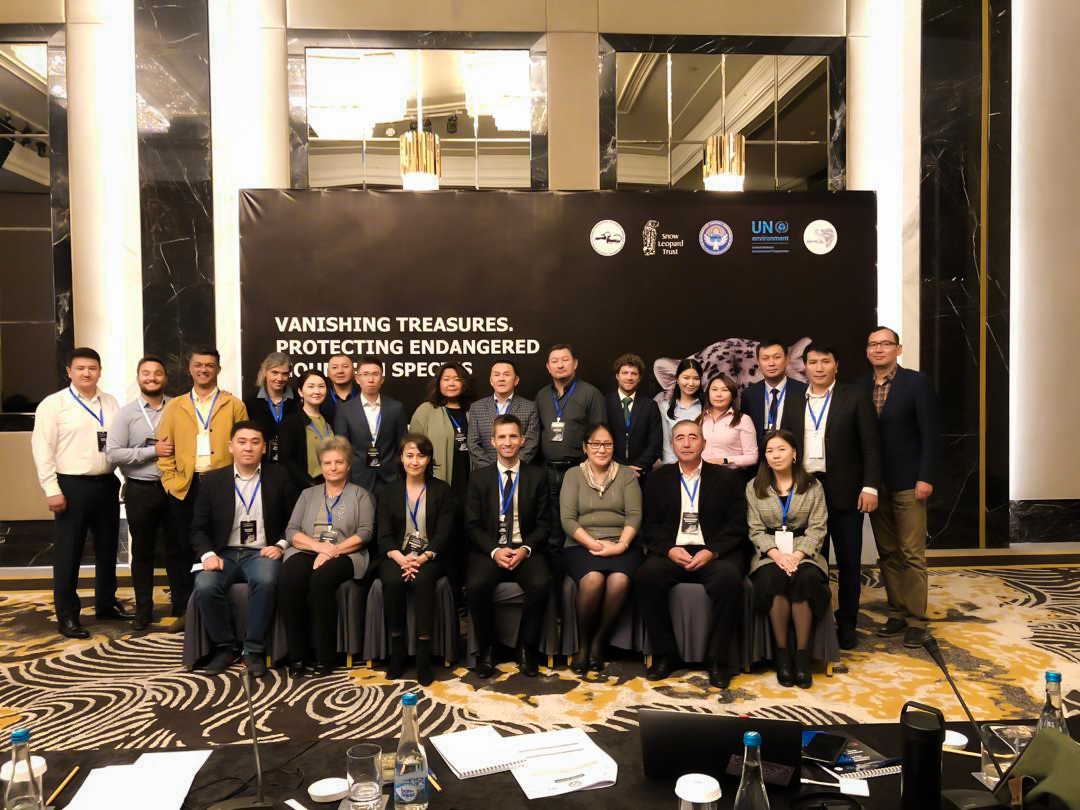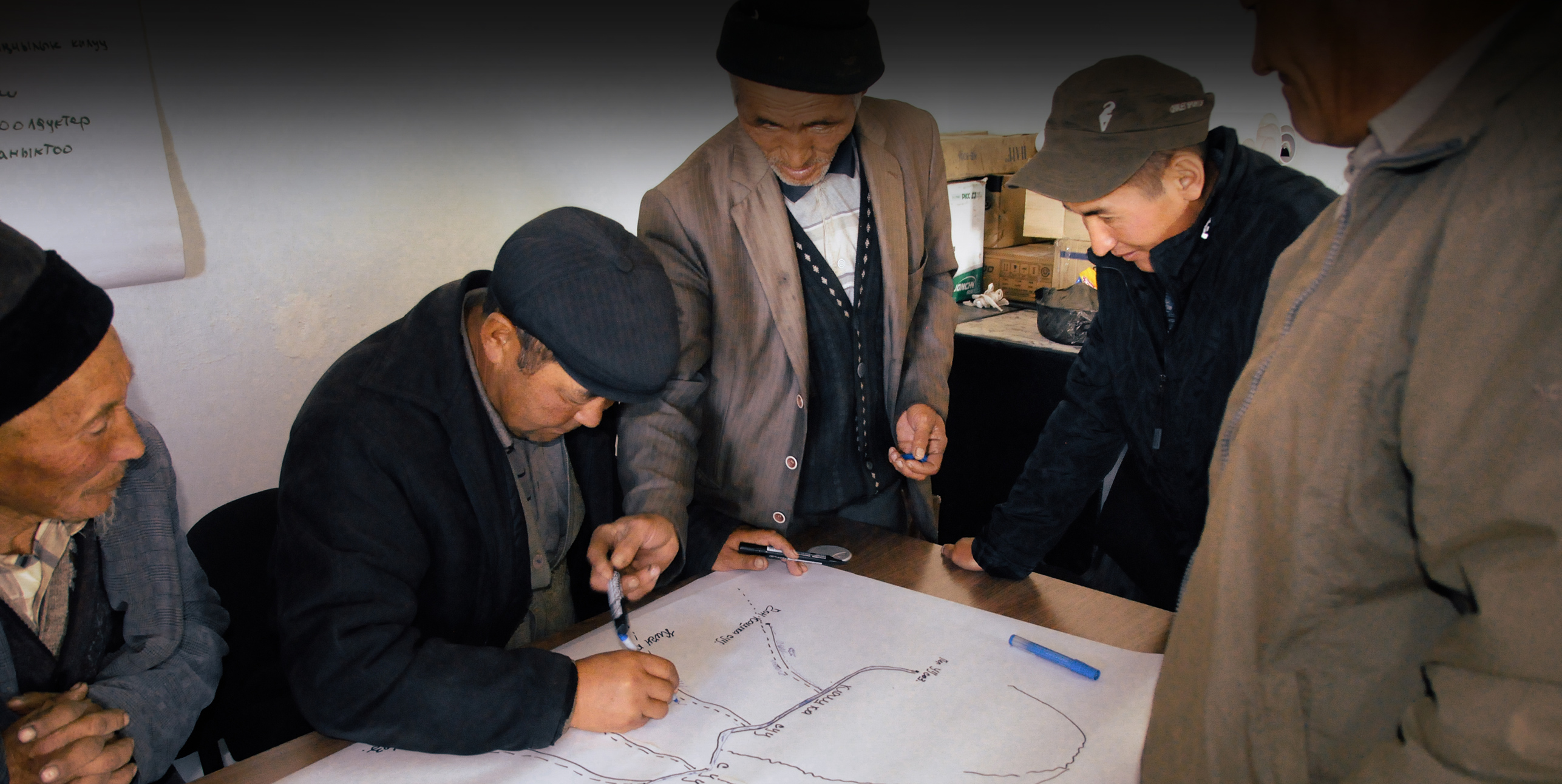Protecting the Snow Leopard in Central Asia
The Vanishing Treasures programme focuses on the Central Asian countries of Tajikistan and the Kyrgyz Republic, to better understand the direct impacts of climate change on snow leopards and their prey species, as well as current and possible future vulnerabilities and responses of local communities to climate change.
Kyrgyz Republic
Kyrgyzstan is a mountainous, landlocked country in Central Asia. It borders Kazakhstan to the north, China to the east, Tajikistan to the southwest and Uzbekistan to the west and southwest. Bishkek, its capital and largest city, is situated in the north of the country.
Protected Areas
The 35 protected areas of Kyrgyzstan cover 13,403 km² and account for 6,7% of the country's total surface. Protected areas – national parks, wilderness areas, community conserved areas and nature reserves – are essential for biodiversity conservation, while also contributing to people’s livelihoods, particularly at the local level.
Programme area of the Vanishing Treasures programme
The Vanishing Treasures programme area is located in the north close to the capital Bishkek and includes a mix of protected areas and communities in the Kyrgyz Alatoo range part of the larger Tien Shan mountains.
The programme area spans over 15.000 square kilometers, and includes about 200 villages. The area is known to be home to snow leopards, lynx, red fox, ibex, marmots and several other species.
Tajikistan
Tajikistan is a landlocked country in Central Asia with more than 90% of its surface covered by mountains. It is bordered by Kyrgyzstan to the north, China to the east, Afghanistan to the south and Uzbekistan to the west. Dushanbe, its capital, is located in the west of the country.
Protected Areas
The 26 protected areas of Tajikistan cover 31,690 km² and account for 22.28% of the country's total area. Protected areas – national parks, wilderness areas, community conserved areas and nature reserves – are essential for biodiversity conservation, while also contributing to people’s livelihoods, particularly at the local level.
Programme area of the Vanishing Treasures programme
The Vanishing Treasures programme area is located in the east and includes a sample of the Eastern Pamirs. This landscape consists of mountain ranges with gentle slopes and intermontane plateaus and valleys. Towards the west, the relief is more rugged with deeper valleys.
Snow leopards, ibex, argali sheep, brown bears, lynx and Pallas cat are some of the mammals inhabiting these landscapes.
Disclaimer:
The spatial data used for the production of these maps is derived from external sources. Consequently, Good Cause Promotions is not liable for positioning inaccuracies, subsequent updates, errors or omissions of data.
Block 6
Block 7
Block 8
Block 9
Data Collection
In the Vanishing Treasures programme areas we use a combination of field surveys and remote sensing to study the current distribution and population of snow leopards, their prey species as well as habitat productivity and human land use patterns.
In addition, we assess the vulnerability of communities to climate change as well as the rate of human-wildlife conflicts.

Field survey in Tajikistan. © Zairbek Kubanychbekov

A snow leopard caught on camera in Tajikistan. © ANCOT@tajwildlife
Analysis
We combine the collected information with climate models to identify potential vulnerabilities under future climate scenarios as well as climate-driven shifts in habitat quality and productivity.
Policy Integration
We use the knowledge acquired via the Vanishing Treasures programme to equip government officials and local partners with tools and methods to integrate climate-smart wildlife conservation into landscape planning and management.

National consultation meeting in Bishkek, Kyrgyz Republic.
© UNEPImplementation of Pilot Solutions
Finally, we will also implement pilot solutions on the ground working hand in hand with local communities, wildlife conservancies and protected area authorities to
- reduce human-wildlife conflict
- sustainably manage habitat resources,
- promote alternative livelihoods to local communities that reduce or diversify their dependence on natural resources.

Involvement of local communities in Kyrgyzstan. © Tanya Rosen